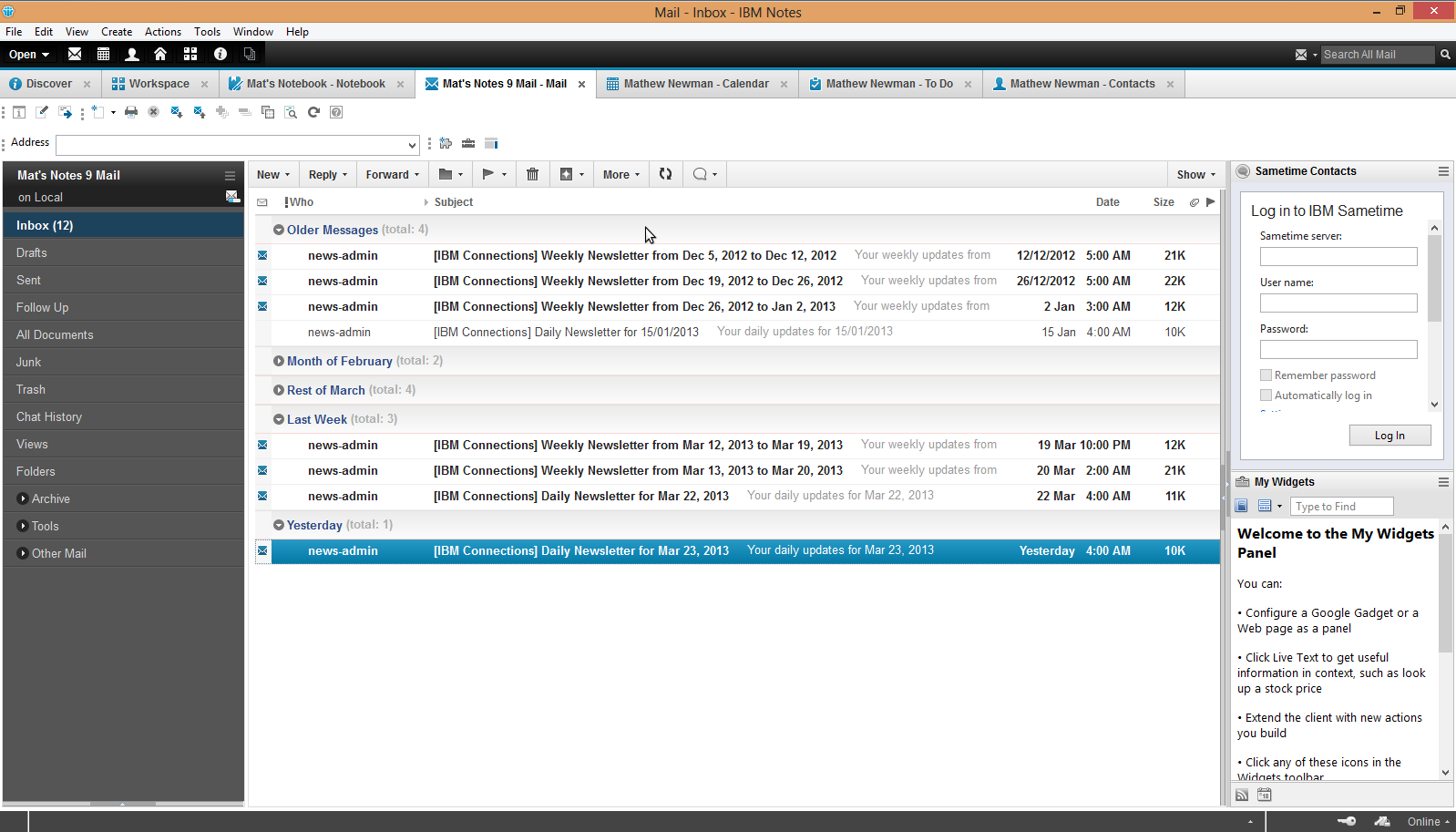

The 60 words were actually divided into 4 categories of meaning, although the participants did not know this because the words were randomly presented. It was first demonstrated by William Bousfield (1935) in an experiment in which he asked people to memorize words.

The encoding of words and their meaning is known as semantic encoding. Material is far better encoded when you make it meaningful. You can see that the sentences are now much more memorable because each of the sentences was placed in context. Next count backwards from 40 by fours, then check yourself to see how well you recalled the sentences this time. Now, try writing them again, using the following prompts: bagpipe, ship christening, and parachutist. How well did you do? By themselves, the statements that you wrote down were most likely confusing and difficult for you to recall. The haystack was important because the cloth ripped.The voyage wasn’t delayed because the bottle shattered.The notes were sour because the seams split.Read the following sentences (Bransford & McCarrell, 1974), then look away and count backwards from 30 by threes to zero, and then try to write down the sentences (no peeking back at this page!). What are the most effective ways to ensure that important memories are well encoded? Even a simple sentence is easier to recall when it is meaningful (Anderson, 1984).
#LOTUS NOTES 8.5 TUTORIAL HOW TO#
Once you know how to drive, you can encode additional information about this skill automatically. This is known as effortful processing ( Figure 8.3).įigure 8.3 When you first learn new skills such as driving a car, you have to put forth effort and attention to encode information about how to start a car, how to brake, how to handle a turn, and so on. But what about the actual test material you studied? It probably required a lot of work and attention on your part in order to encode that information. Recalling the last time you studied for a test is another example of automatic processing. Automatic processing is usually done without any conscious awareness. This is known as automatic processing, or the encoding of details like time, space, frequency, and the meaning of words. If someone asks you what you ate for lunch today, more than likely you could recall this information quite easily. Encoding information occurs through automatic processing and effortful processing. We organize the information with other similar information and connect new concepts to existing concepts.
#LOTUS NOTES 8.5 TUTORIAL CODE#
Once we receive sensory information from the environment, our brains label or code it. We get information into our brains through a process called encoding, which is the input of information into the memory system. Watch this video for more information on some unexpected facts about memory. We have an amazing capacity for memory, but how, exactly, do we process and store information? Are there different kinds of memory, and if so, what characterizes the different types? How, exactly, do we retrieve our memories? And why do we forget? This chapter will explore these questions as we learn about memory. Maybe it would be best just go back to bed. You’d like something to eat, but you don’t know where the food is kept or even how to prepare it. is this even your house? Uh oh, your stomach begins to rumble and you feel hungry. Who would you ask for help with these tasks, since you wouldn’t recognize the faces of these people in your house? Wait. What clothing should you wear, and how do buttons and zippers work? You would need someone to teach you how to brush your teeth and tie your shoes. You would have to figure out how to get dressed. Take a few minutes to imagine what your day might be like if you could not remember anything you had learned. We may be top-notch learners, but if we don’t have a way to store what we’ve learned, what good is the knowledge we’ve gained? (credit: modification of work by Cory Zanker) Figure 8.1 Photographs can trigger our memories and bring past experiences back to life.


 0 kommentar(er)
0 kommentar(er)
